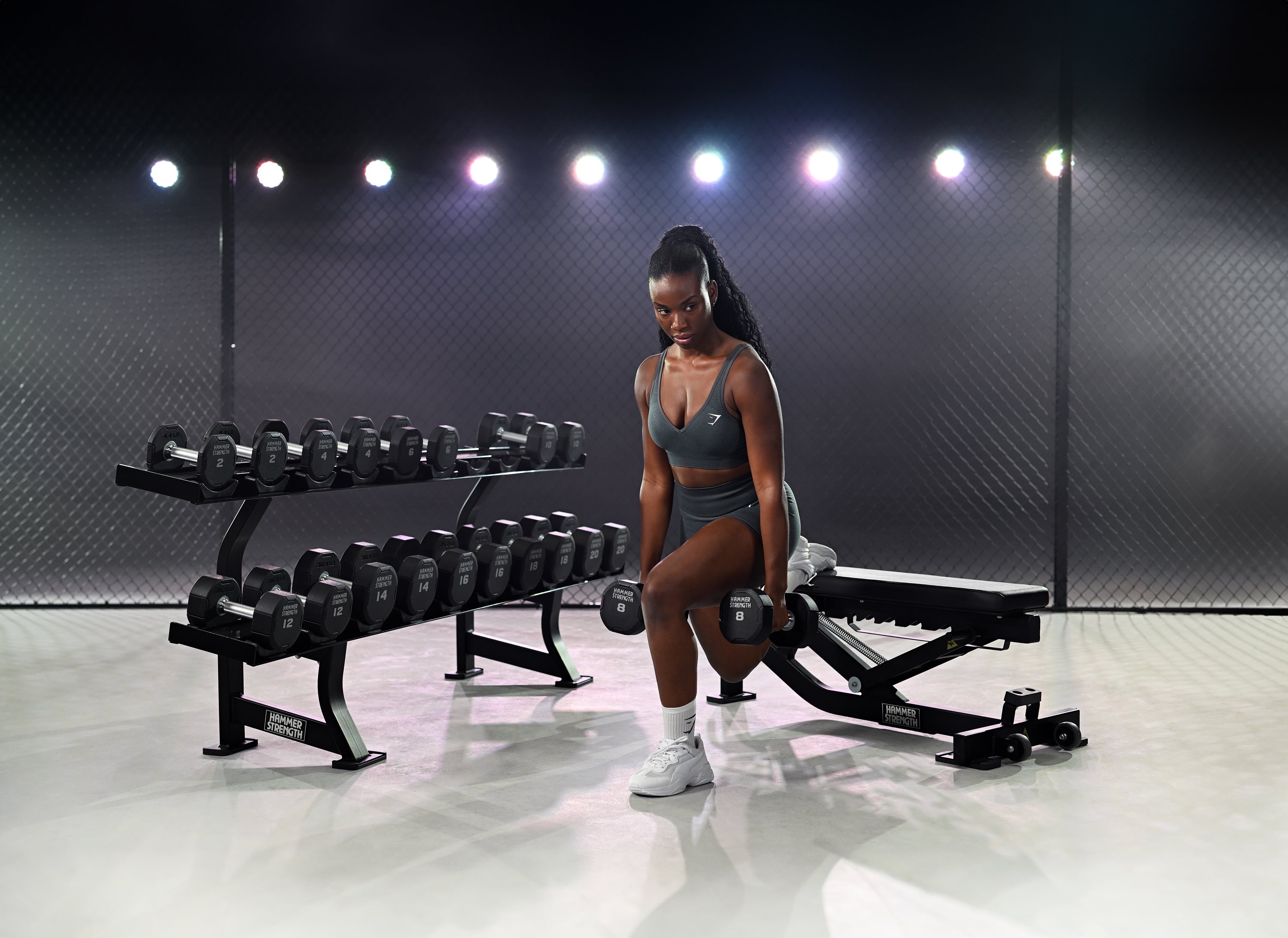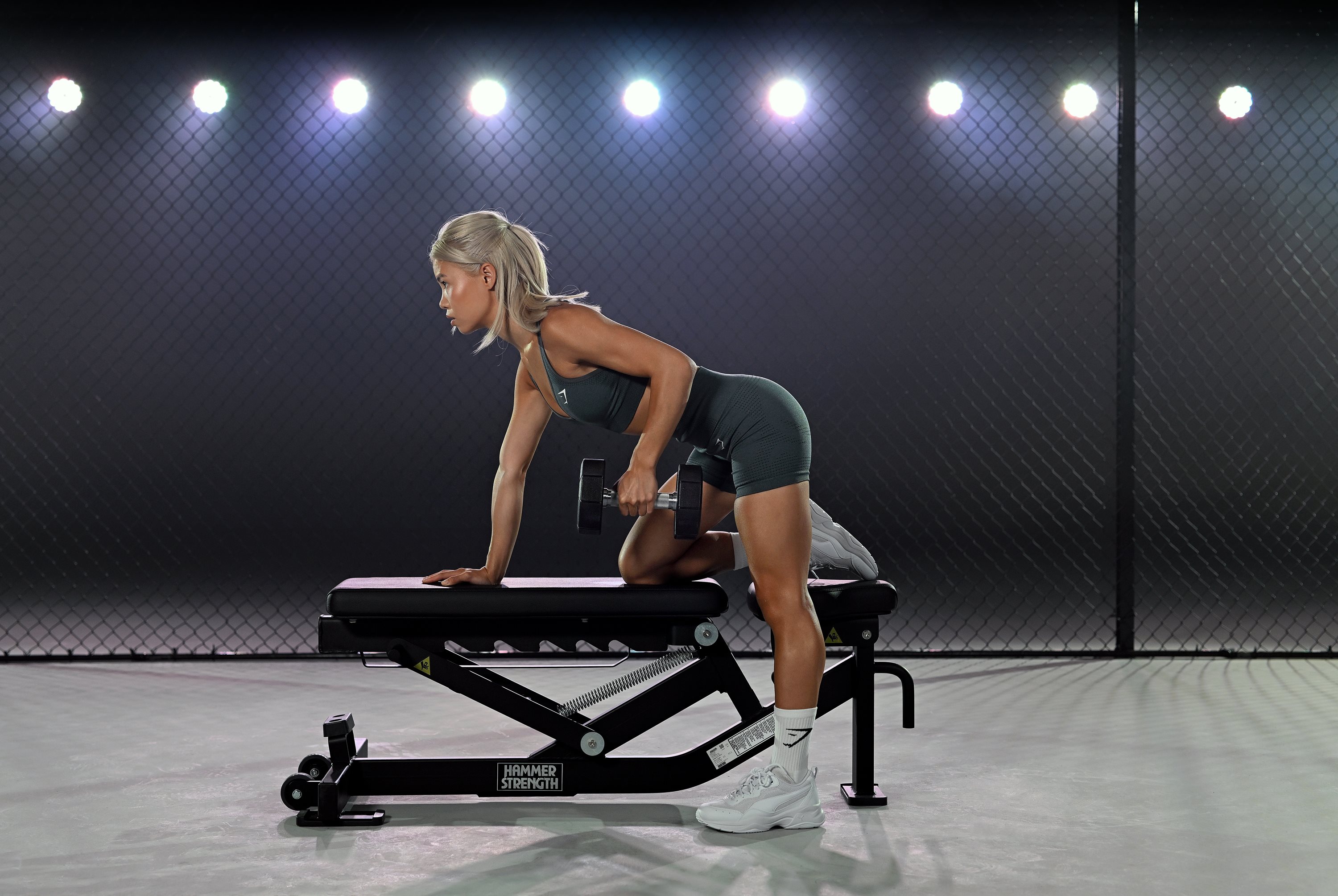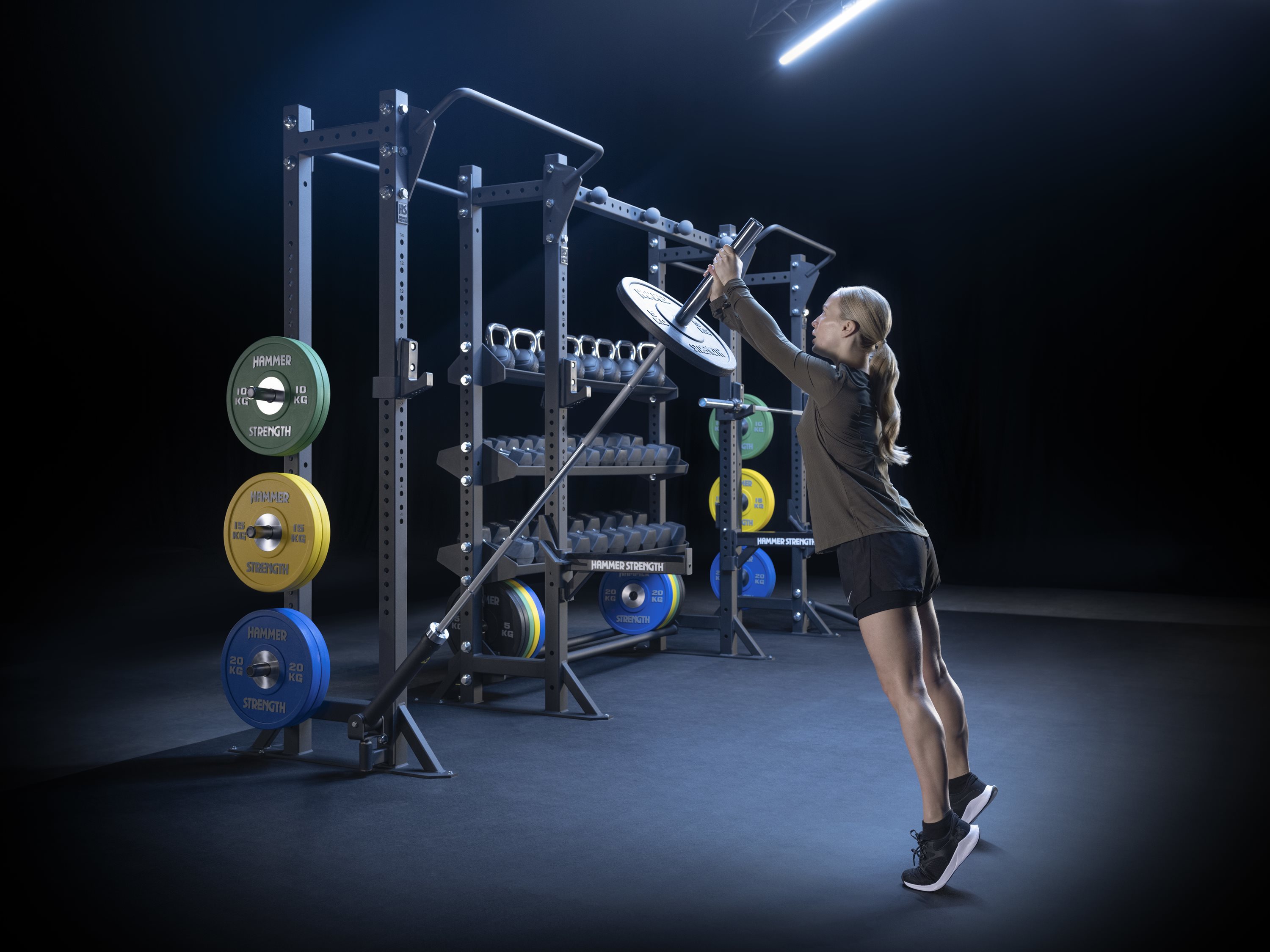Marketing Strength for Women
Stop Selling Stereotypes: Women Want Strength, Not Pink Dumbells!
For too long, women in fitness have been marketed to with pink dumbbells, toned arms, and “get lean” taglines. That’s not today’s reality. Women aren’t dabbling at the edges of the weight room anymore. They’re loading plates, deadlifting, and chasing progressive strength goals. According to multiple industry studies, women are the fastest-growing segment in strength training participation. The problem? Facility marketing often hasn’t caught up.
If your facility’s messaging still leans on outdated tropes, you’re missing one of the most engaged, motivated, and loyal member bases you could have.
This isn’t about “marketing to women” as a monolithic group. Rather, it’s about marketing strength authentically. And it starts with how you position your brand, your programming, and your space.

Why Traditional Messaging Falls Short
- Stereotypes alienate. Overemphasizing weight loss or “light toning” implies women aren’t serious about performance, which undercuts credibility.
- Imagery matters. Stock photos of women holding tiny weights in pastel outfits don’t reflect the reality of female lifters deadlifting, pressing, or training with barbells.
- The message gap. Many facilities highlight cardio equipment front and center, while strength gets less visibility. Yet, as we’ve outlined, strength training is the area where female participation is growing fastest.
The result? Women don’t see themselves reflected in your marketing. Worse still, many feel unwelcome in your strength spaces.
Shifting Your Message: Practical Steps for Facility Marketers
1. Highlight Performance Over Aesthetics
Instead of “burn fat fast,” focus on what women are achieving with strength: lifting heavier, mastering form, building resilience. Performance-driven messaging aligns with how today’s female members actually strength train.
Example: Replace “Tone up with light weights” with “Own your personal best, whether it’s your first plate-loaded squat or your 200 lb. deadlift.”
2. Diversify Your Visuals
Your marketing assets and images should reflect reality inside your facility. Show women of all ages and backgrounds lifting, spotting each other, and using real equipment, from racks to cables to plate-loaded machines.
This not only validates current members but signals to prospective ones that strength training is for them.
3. Elevate Belonging and Reduce Intimidation
Despite the growing interest among women in strength training, some still hesitate to enter the weight room or strength zones because of intimidation or uncertainty. Marketing can help reduce that barrier by showcasing a sense of community, whether it’s small-group sessions, women lifting together, or coaches offering support. Highlighting these moments reinforces that your facility is a welcoming, empowering environment where everyone belongs.
4. Spotlight Stories, Not Stereotypes
Feature real member testimonials. Think; women who’ve transformed their health, confidence, or athletic performance through strength. Authentic storytelling builds trust and demonstrates your facility as a place where women can grow.
5. Balance the Floorplan and the Message
If your campaigns only spotlight cardio, your facility might unintentionally reinforce the message that strength is secondary. Integrate strength equipment into your digital ads, print collateral, and virtual tours with equal weight.

What Facilities Gain from Getting It Right
- Higher engagement: Women who strength train tend to log more sessions per week, driving traffic and retention.
- Expanded loyalty: Marketing that feels authentic builds trust, and trust translates to long-term memberships.
- Competitive edge: Facilities that differentiate by championing inclusive strength environments stand out in crowded markets.

Final Takeaway
Marketing to women in fitness isn’t about painting things pink. When done well, it’s about speaking to what they truly value: strength, performance, community, and belonging. Facilities that evolve their messaging to reflect this shift will not only attract more female members but also future proof their brand in a changing industry.
Facilities searching for “how to market fitness to women” or “women’s gym advertising” need to stop selling stereotypes. Start showcasing strength.



